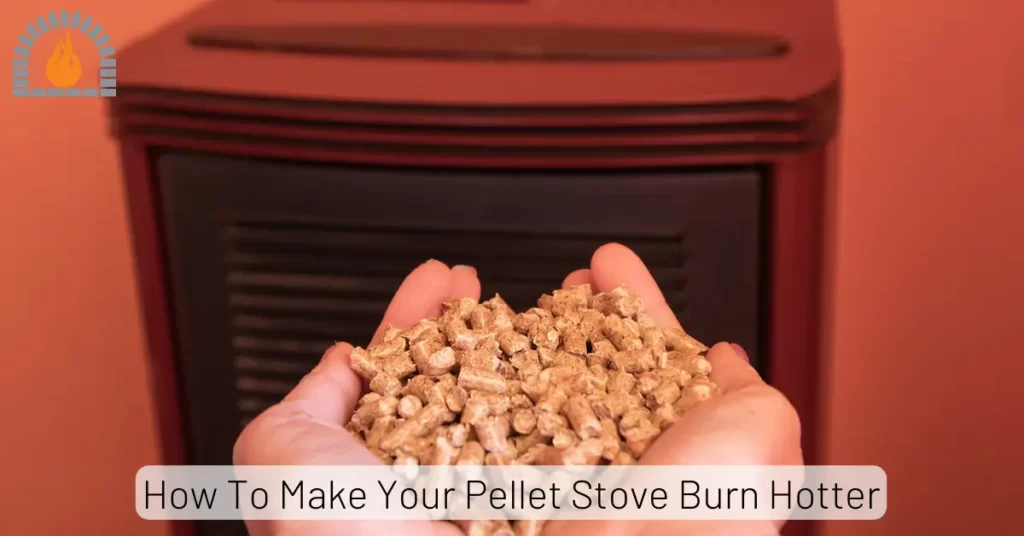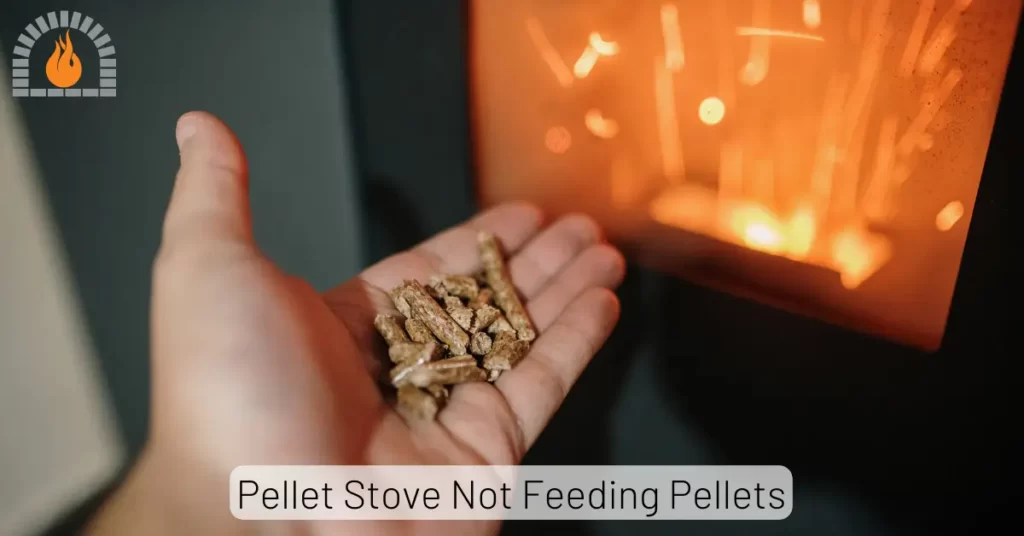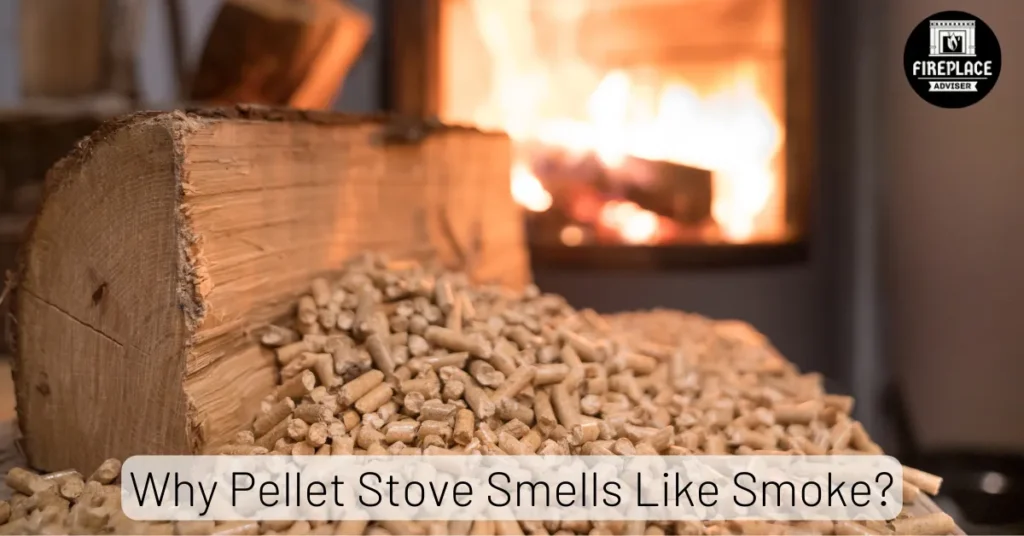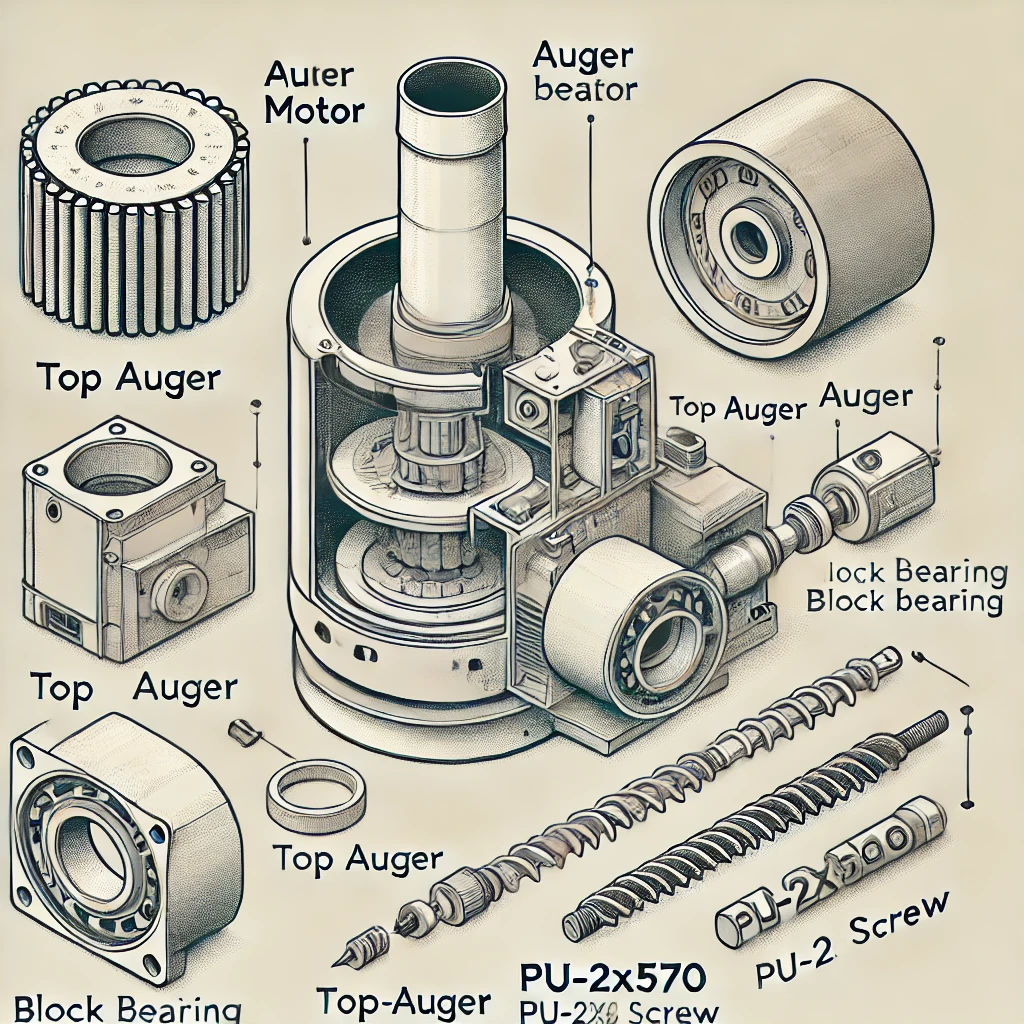When it comes to heating your home efficiently, choosing the right fuel source is crucial. Coal stoves have long been a popular choice for providing warmth and comfort during colder months. However, with the rise of alternative fuels like wood pellets, homeowners often wonder if they can be used interchangeably in a coal stove.
Short Answer:
Using wood pellets in a coal stove is generally not recommended. Coal stoves are designed to burn coal, which has different combustion characteristics than wood pellets.
Coal Stoves and Wood Pellets
Coal Stoves:
Coal stoves are explicitly designed to burn coal, a carbon-rich fossil fuel. They are engineered to accommodate the unique characteristics of coal, which requires a steady oxygen supply to maintain a controlled burn. Coal stoves typically feature grates and airflow systems optimized for coal combustion.
Wood Pellets:
Wood pellets, on the other hand, are a renewable biomass fuel made from compressed sawdust and wood shavings. They are highly efficient, producing low emissions and minimal ash.
Wood pellet stoves are designed to burn pellets efficiently, with specialized feeding mechanisms and combustion chambers.
Can You Burn Wood Pellets in a Coal Stove?
No, coal stoves typically have a specific design to optimize coal combustion, including features like a deep firebox and a grate system that allows for the efficient burning of coal. Wood pellets, however, have different characteristics and burn best in stoves or appliances explicitly designed for them.
If you attempt to burn wood pellets in a coal stove, you may encounter various problems, such as incomplete combustion, difficulty controlling the fire, and potentially damaging the stove.
It may also result in lower efficiency and higher emissions than using the appropriate fuel.
While it is technically possible to burn wood pellets in a coal stove, it is not recommended for several reasons:
Combustion Efficiency:
Coal and wood pellet stoves are designed with different combustion characteristics in mind. Using wood pellets in a coal stove may result in inefficient burning, reducing heat output and potentially causing damage to the furnace.
Airflow and Grate Design:
Coal stoves have grates and airflow systems optimized for coal combustion. Wood pellets require a different airflow pattern and feeding mechanism for efficient burning. Attempting to burn wood pellets in a coal stove may disrupt this balance.
Heat Output and Temperature Control:
Coal and wood pellets have different energy densities, releasing heat at different rates. Using wood pellets in a coal stove may lead to difficulties in controlling the temperature and may result in overheating or insufficient warmth.
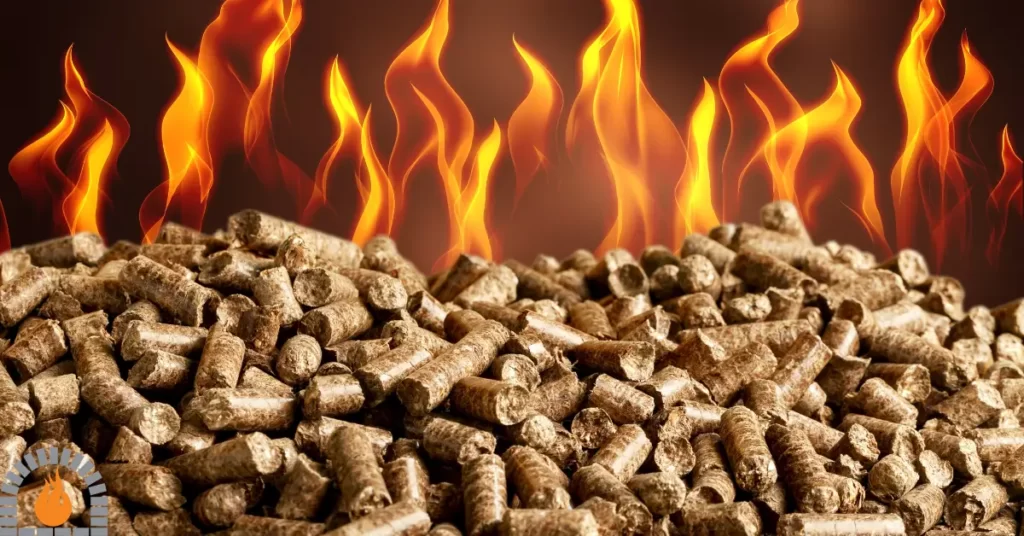
Cons of Using Wood Pellets in Coal Stove
- Wood pellets may burn less efficiently in coal stoves designed for coal combustion.
- When using wood pellets in coal stoves, achieving precise temperature control can be challenging.
- Wood pellets produce ash, and coal stoves may not be optimized for handling the ash generated by pellets.
- Burning wood pellets in coal stoves may lead to increased residue and creosote, posing chimney fire risks.
- Wood pellets may be less convenient to store and handle than coal.
- Wood pellets can be more expensive than coal, impacting cost-effectiveness.
- Coal stoves may not be designed to handle the specific combustion characteristics of wood pellets.
- Wood pellets in coal stoves may result in soot and tar buildup, reducing efficiency and posing fire hazards.
Considerations for Alternative Fuel Sources
If you’re interested in using wood pellets for heating, invest in a dedicated wood pellet stove. These stoves are specifically designed to maximize the efficiency of wood pellet combustion.
They come equipped with automatic feed systems and advanced combustion technology.
Pellets Stove vs Coal Stove Comparision Chart
| Feature | Pellet Stove | Coal Stove |
|---|---|---|
| Fuel Type | Wood pellets (compressed sawdust and wood residues) | Coal (anthracite or bituminous coal) |
| Combustion Process | Controlled combustion with automatic feed system | Manual combustion, typically with a manual damper |
| Efficiency | Generally higher efficiency due to automated control | Efficiency can vary, influenced by user operation |
| Fuel Storage and Handling | Easy to store and handle pellets in bags or bulk storage | Requires storage space for coal, can be messy to handle |
| Startup and Shutdown | Easy ignition and shutdown with automated systems | May require more manual effort for ignition and shutdown |
| Maintenance | Generally low maintenance; regular cleaning of ash and chimney | Regular cleaning required, ash disposal, and periodic chimney maintenance |
| Cost of Fuel | Pellets can be more expensive per unit compared to coal | Coal can be cost-effective, depending on location and availability |
| Environmental Impact | Considered a renewable and cleaner-burning option | Coal combustion produces more emissions and is less environmentally friendly |
| Heating Output Control | Typically adjustable with thermostatic controls | Control is often manual, adjusting air intake and damper settings |
| Heating Application | Suitable for residential heating, may not provide sufficient heat for larger spaces | Can be effective for heating larger spaces, suitable for both residential and industrial use |
| Installation | Relatively easy installation, may require a venting system | Installation may involve more complex venting systems and compliance with safety regulations |
| Availability | Pellets may be more widely available in certain regions | Coal availability may vary depending on location and regulations |
| Emissions | Low emissions, considered a cleaner-burning option | Higher emissions compared to pellets, contributing to air pollution |
How To Safely Burn Wood Pellets in a Coal Stove?
Burning wood pellets in a coal stove can be done, but it’s essential to follow some guidelines to do so safely. Here are the steps you should take:
Check the Stove’s Compatibility: Before using wood pellets in a coal stove, ensure the stove is designed to burn both coal and wood pellets. Some stoves are specifically designed for one fuel type and may need to work better with the other.
Clean the Stove: Ensure the stove is clean and free of any coal residue. This will help ensure proper airflow and combustion.
Use a Pellet Basket or Tray: A pellet basket or tray is a metal container holding wood pellets. It is placed inside the stove and allows for proper airflow around the pellets. This can help improve the burn efficiency.
Place a Layer of Ash or Coal: Before adding the wood pellets, put a layer of ash or a small amount of coal at the bottom of the stove. This helps provide a stable base for the pellets.
Add Wood Pellets: Fill the pellet basket or tray with wood pellets. Ensure to fill it appropriately, which can restrict airflow and lead to complete combustion.
Light the Pellets: Light the wood pellets using kindling or fire starters. Ensure the flames are established before closing the stove door.
Adjust Airflow: Monitor the stove’s airflow to ensure the pellets burn efficiently. You may need to adjust the damper or air controls to achieve the desired burn rate.
Maintain a Bed of Ash: As the pellets burn, they create ash. It’s essential to maintain a small bed of ash at the bottom of the stove, as this helps insulate the Fire and improve combustion.
Regularly Check and Clean: Keep an eye on the Fire to ensure it’s burning steadily and adjust airflow as needed. Also, clean out any excess ash buildup periodically to maintain proper airflow.
Monitor Temperature: Pay attention to the temperature inside the stove. Wood pellets can burn hotter than coal, so you may need to adjust the airflow to prevent overheating.
Extinguish the Fire Safely: When you’re finished using the stove, let the Fire burn down to a low level. Use a poker or shovel to spread the remaining pellets and let them burn out. Never leave a fire unattended.
Follow Local Regulations: Make sure you are following any local regulations or guidelines regarding the use of wood pellets in coal stoves. Some areas may have specific rules in place.

Remember, using wood pellets in a coal stove may not be as efficient as using a dedicated wood pellet stove, so it’s essential to monitor the Fire closely and adjust as needed. If you have any doubts or concerns, consult the manufacturer’s instructions or contact a professional.
Affiliate Disclosure: Fireplaceadviser.com is a participant in the Amazon Services LLC Associates Program. We may earn a commission when you click on certain links on this site and purchase.

Hello!! I am Jamal Khan. I often fix my home electric heaters and gas stove problems and research the common issues in the heating units to improve my knowledge and expertise. The aim of establishing fireplaceadviser.com is to share my expertise and knowledge with my audience.













